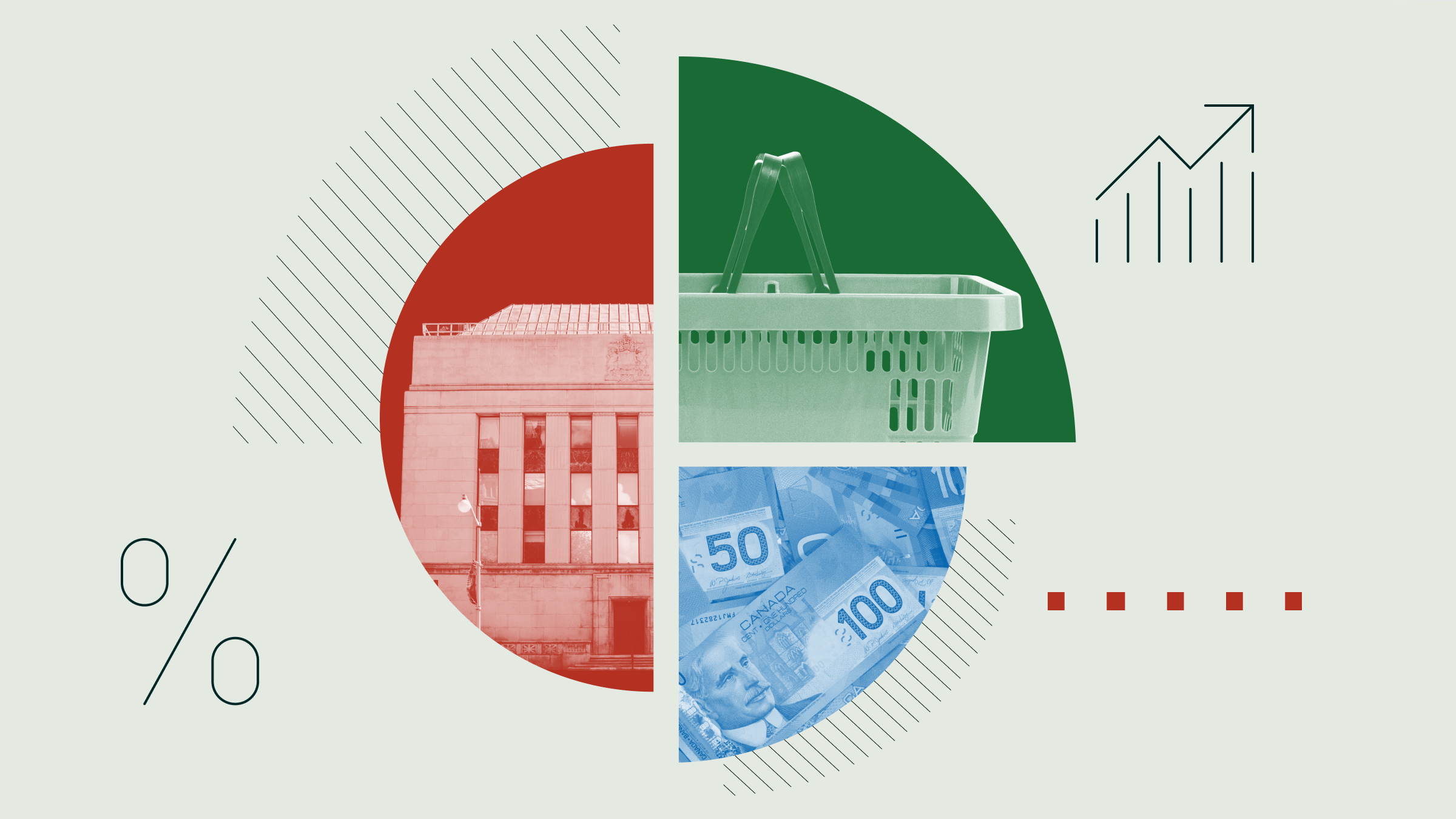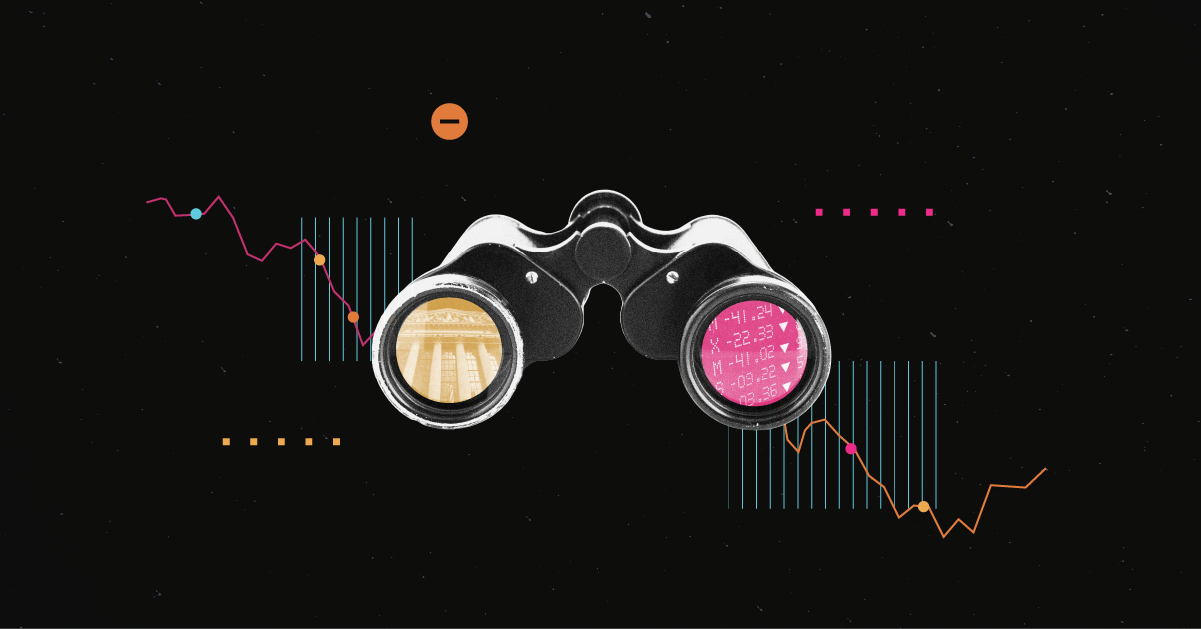Ashley Redmond: ETFs have exploded in popularity due to their low cost and they're a great option for DIY investors. Here to breakdown a typical ETF report, which is a great tool to have in your arsenal, is Mike Rawson.
Mike, thanks so much for joining me.
Mike Rawson: Thanks for having me.
Redmond: So, Mike, when investors are looking at an ETF report, the first section is Suitability. So, what is Suitability?
Rawson: Sure. Well it’s the first section because it's the most important. The suitability of an ETF really gets to the heart of—who is this fund appropriate for? Who is investing in this fund and why are they investing in the fund?
It's always important to remember before you invest that you need to have some sort of investment thesis in mind. So the investment thesis comes first, the fund second. Not the other way around. It's important not to say, oh, I like this fund, I'm going to go out and try to justify why I want to buy it. So it's important to have an investment thesis that is fully vetted, analyzed, and then you can go looking for the right ETF to fit with that investment thesis.
The Suitability section is going to tell you tell you such things as: Who is this ETF appropriate for? What is their investment outlook? How should I be using this fund in my portfolio? Is it a core holding? And if it is that would be a portfolio building block, which I could hold for the long-term, a buy and hold type of investment. Or is it more of a satellite holding? If so I might have to pay close attention to trading the ETF. Maybe it's a shorter-term tactical investment, which might have to have a more active management component to it, rather than just a buy and hold investment.
A final component of this section will touch on the risk and volatility of the asset class, and there again you want to look at: Is that appropriate for my portfolio? Is that the sort of risk I can tolerate? How does it fit in with the rest of the holdings in my portfolio?
Redmond: And next up we have Fundamental View.
Rawson: Sure. So the Fundamental View is really going to dive into—what are the economic fundamentals that are going to drive the performance of that ETF? Now this is more important, I think, for those tactical holdings, but even with a passive holding, you want to understand what the fundamentals of that asset class are. Also, what are the things that drive the asset class and what should I be aware of when investing in that asset class? So the things we will touch on are valuation and macroeconomic data points that investors typically would be concerned about when investing in that section.
Redmond: Okay. And next is Portfolio Construction.
Rawson: Sure. Portfolio Construction is probably the second most important section because there are so many ETFs out there; sometimes we get overwhelmed with the number of ETFs. You really need to understand how the ETF is constructed and how it’s going to deliver the exposure that it has promised you. Is it going to go out and buy all the stocks in an index? Or maybe it's going to sample only by a handful of the stocks in the index. You really need to understand how the ETF is constructed.
And one of the things the Portfolio Construction section will delve on is how the index of that ETF is trying to track and how the index is constructed. Is it going to deliver you the kind of exposure that you expect? Is it using equities? Is it using derivatives? Those are the kind of things that we are going to talk about in the Portfolio Construction section.
Redmond: Okay. And scrolling down we have the Fee section.
Rawson: Sure. So the fees are an important driver of return. Obviously, the less you pay in fees, the more money you keep in your pocket. So the Fee section is very brief. It just gets to the heart of what the ETF costs and how it compares to the category average. Is it a lower cost or is it a higher cost fund?
Redmond: And Alternatives is the last section, and it's actually my favourite section. We don't have this in our analyst reports. So the Alternatives section in the ETF report actually compares other ETFs in the same category. So it's a great tool for investors.
Rawson: Absolutely. So, like we talked about you start with your investment thesis and then you go about looking for funds that fit with that investment thesis. So sometimes the Alternatives section will give you some ideas of other funds that fit with the same thesis. Or maybe there's some funds in that Alternatives section which don’t fit with your thesis, but they may apply to a different investment thesis, so it's important to be aware of how investors are using other funds which are similar to this one.
Another thing we'll touch on in the Alternative section is what are the relative fees of the different products that you might chose to invest in? So the Alternative section is kind of a wrap up, it gives you a good summary of the ETF and its competitors.
Redmond: Yeah, it's a great tool for investors.
Rawson: I believe so.
Redmond: Great. Thanks Mike.
Rawson: Thank you.




















